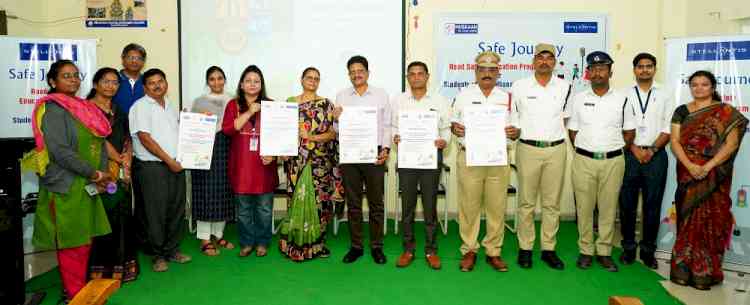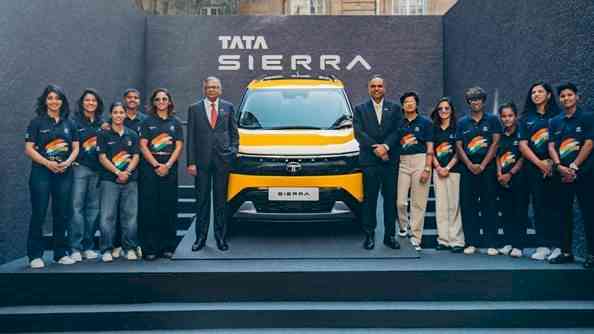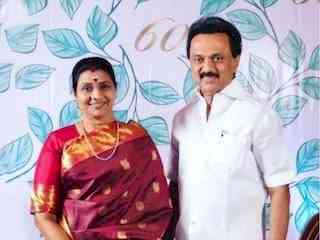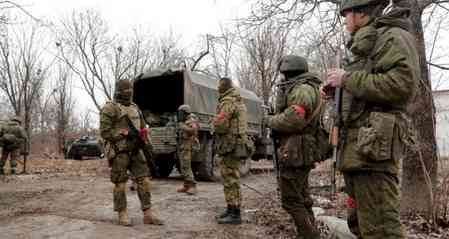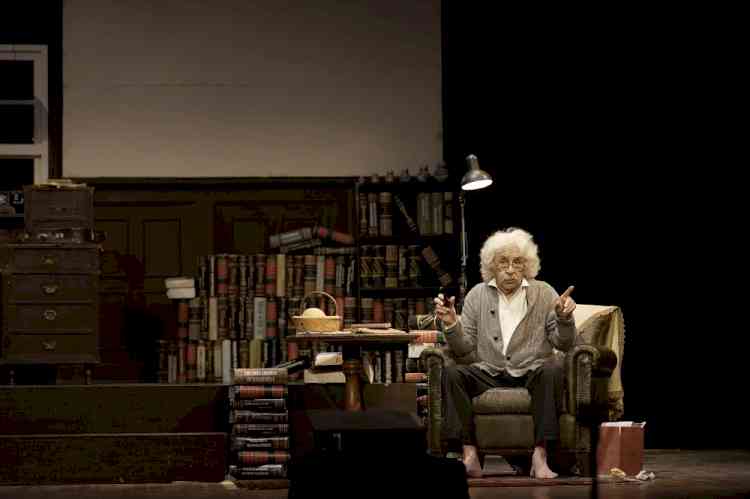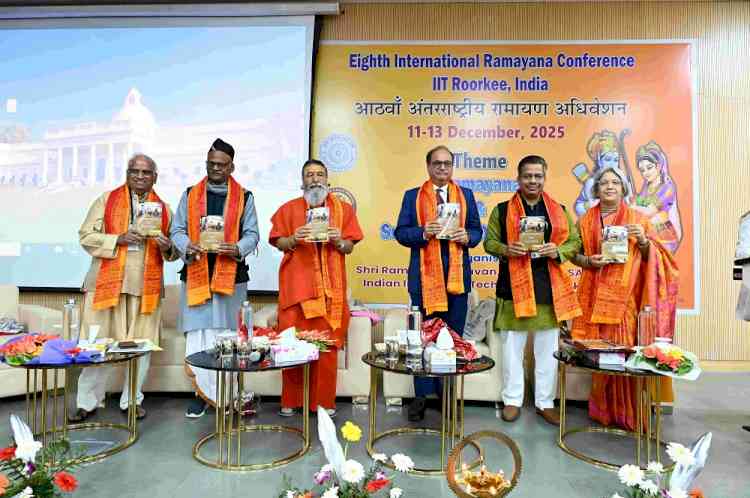Renowned cardiac surgeon in Bengaluru performs first of its kind cardiac surgery to save 32-year-old man
Performs Robotic-Assisted Bicuspid Aortic Valve Replacement for the first time in South-East Asia

Bengaluru, January 26, 2024: Dr. Sathyaki P Nambala, a renowned cardiothoracic surgeon at Apollo Hospitals Bangalore, successfully performed South-East Asia’s first robotic-assisted bicuspid aortic valve replacement to save a 32-year-old man with Congenital Bicuspid Aortic Valve condition, by using da Vinci RAS technology.
This rare congenital condition, affecting 1 to 1.3% of individuals globally, is where the aortic valve has only two leaflets instead of the typical three and often leads to complications like aortic stenosis or regurgitation, making it a silent but potentially life-threatening disease. Unlike most cases where individuals with aortic valve issues present symptoms later in life, this patient faced early onset due to the congenital abnormality. Complicating matters, the patient had a high BMI and a profound fear of open surgery.
Expressing the unique challenges of the case, Dr. Sathyaki explained, "The patient adamantly refused open surgery, and considering his high BMI and condition, traditional minimally invasive approaches posed significant difficulties. However, with our extensive experience in robotic-assisted surgeries, we saw an opportunity to save his life through Robotic-Assisted Bicuspid Aortic Valve Replacement."
The surgery, utilizing one of the advanced robotic-assisted surgery (RAS) technologies, the da Vinci by US-based Intuitive, allowed Dr. Sathyaki to navigate the challenges posed by the patient's obesity and intricate valve condition. While the patient’s high BMI posed a significant challenge in accessing the valves, the use of robotic instruments with extended reach and precision, combined with 3D visualization capabilities, provided unparalleled access and accuracy during the procedure.
Dr. Sathyaki highlighted the novelty of the case and emphasized the pivotal role of robotic assistance, stating, "We are glad to perform the robotic-assisted bicuspid aortic valve replacement for the first time in South-East Asia. It signifies a transformative leap in cardiac surgery capabilities of this region. One of the key benefits of robotics for this case was its ability to access the most intricate areas within the heart. Helping with precision, granting unparalleled dexterity, robotic-assisted surgery additionally yields substantial benefits, including enhanced patient outcomes, minimized blood loss, reduced complications, and quicker recovery time.”
"Our experience with minimally invasive robotic surgeries, combined with a robust history of aortic valve replacements without sternotomy from the right side, led us to identify the patient as an ideal candidate for this procedure. In the case of traditional surgery, we would have had to cut his breast bone which might have caused further complications. Undertaking minimally invasive techniques in this specific subset presents inherent challenges, particularly when navigating from the right side to reach deeper areas. The patient's substantial weight, measuring 145 kilos, accentuated the complexity of the situation, underscoring the critical role played by robotic-assisted surgery in overcoming these challenges effectively," Dr. Sathyaki added.
Congenital bicuspid aortic valve is one of the most common congenital heart defects in India. Typically diagnosed through echocardiograms, cardiac MRI, ECG, and chest X-rays, the condition is expected to become more prevalent as the population ages.
What sets robotic-assisted surgery apart is its remarkable ability to access the most intricate areas within the heart, ones that would normally be possible only through traditional open surgery. This innovative approach not only opens new frontiers for patients confronting size or complexity-related challenges but also revolutionizes our understanding of what's achievable in cardiac procedures. This cutting-edge technology holds immense potential to redefine the landscape for cardiac interventions.
Despite the challenges posed by obesity and the unique characteristics of the patient's valve abnormality, the robotic-assisted surgery proved successful. The patient, now on the path to recovery, expressed gratitude for the innovative approach, saying, "I was quite anxious about the traditional surgery as it needs my bones to be cut and it may have adverse effects on my life after the surgery. However, Dr. Sathyaki really put my mind at ease by taking the time to explain and detail out how robotic-assisted surgery was a good option given the complexities of my situation and my worry about the adversities of open surgery. The entire team's dedication and expertise gave me a renewed sense of hope for a healthier and brighter future. I can't thank Dr. Sathyaki and the team enough for their innovative approach and the genuine care they showed throughout the entire process. I’m healing well and look forward to my healthy


 City Air News
City Air News 
